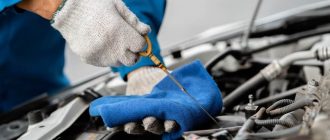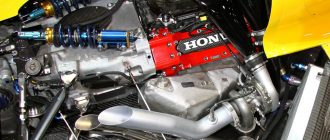Car Engine Thermostat Problems
Introduction
Your car’s thermostat is a small but important part of your engine’s cooling system. It regulates the flow of coolant through the engine, helping to keep it at the optimal operating temperature. A faulty thermostat can cause a variety of problems, from overheating to poor fuel economy.
Here are some of the most common symptoms of a bad thermostat:
- Engine overheating
- Engine running too cold
- Poor fuel economy
- Coolant leaks
- Check engine light illuminated
Causes of Thermostat Problems
There are a number of things that can cause a thermostat to fail. Some of the most common causes include:
- Wear and tear
- Corrosion
- Defective components
- Improper installation
Diagnosing Thermostat Problems
If you suspect that your car’s thermostat may be faulty, it’s important to have it diagnosed by a qualified mechanic. A mechanic can use a variety of tests to determine if the thermostat is working properly, including:
- Visual inspection
- Temperature testing
- Flow testing
Repairing Thermostat Problems
Once a faulty thermostat has been diagnosed, it will need to be replaced. Replacing a thermostat is a relatively simple and inexpensive repair, and it can be done by most do-it-yourselfers.
To replace a thermostat, you will need the following tools and materials:
- New thermostat
- Wrenches
- Screwdriver
- Coolant
- Drain pan
Once you have the necessary tools and materials, you can follow these steps to replace the thermostat:
- Allow the engine to cool completely.
- Locate the thermostat housing. It is usually located on the front of the engine, near the top.
- Disconnect the coolant hoses from the thermostat housing.
- Remove the bolts that hold the thermostat housing in place.
- Lift the thermostat housing off of the engine.
- Remove the old thermostat from the housing.
- Insert the new thermostat into the housing.
- Reinstall the thermostat housing onto the engine.
- Tighten the bolts that hold the thermostat housing in place.
- Reconnect the coolant hoses to the thermostat housing.
- Fill the coolant reservoir with coolant.
- Start the engine and allow it to run until it reaches operating temperature.
- Check for leaks and ensure that the thermostat is working properly.
Preventing Thermostat Problems
There are a few things you can do to help prevent thermostat problems, including:
- Regularly flush your car’s cooling system.
- Use the correct type of coolant for your car.
- Avoid overheating your car.
- Have your car’s cooling system inspected by a qualified mechanic every year.
Conclusion
A faulty thermostat can cause a variety of problems for your car. If you suspect that your car’s thermostat may be faulty, it’s important to have it diagnosed and repaired as soon as possible.




